Russia is home to both big and small wild cats. The wild cats of Russia include the Amur tiger, Amur leopard (Far Eastern leopard), Eurasian lynx, Pallas’s cat, and the Leopard cat.
More About Russia
Russia covers a large expanse of land across Europe and Asia, combining coastline, plains, lowlands, plateaus, and mountainous regions. Most of the country is closer to the North Pole than the equator. It is bordered by Norway, Finland, Estonia, Latvia, Lithuania, Poland, Belarus, Ukraine, Georgia, Azerbaijan, Kazakhstan, Mongolia, the People’s Republic of China and North Korea along with three oceans (Atlantic, Pacific and Arctic) and 13 seas. Russia’s climate is mostly cool to extreme cold.
Russian Wild Cat Species
Amur tigers (Siberian tigers) are an endangered species that inhabit Russia’s Far East and Northeast China.
The Far Eastern (Amur) Leopard can be found in the Primorye region of southeastern Russia and northern China. It is the only leopard that can survive in the snow. The cat’s fur is a light cream with rose-looking spots (rosettes). The Amur leopard is Critically Endangered.
The Eurasian lynx is a small wild cat. Its conservation status is Least Concern. That cat has long legs and black-tufted ears.
The Pallas’s cat (manul) is a small wild cat that lives near the Russian-Mongolian border and in grassland and mountain steppes. It is the size of a domestic cat and has a stocky appearance.
Russian snow leopards live in Southern Siberia and usually inhabit mountain regions.
The leopard cat is a small wild cat that inhabits the Amur region in the Russian Far East, as far as the Korean Peninsula, China, and Pakistan. It prefers living near rivers, valleys, and ravines and tries to avoid areas with snow.
Big Cats in Russia
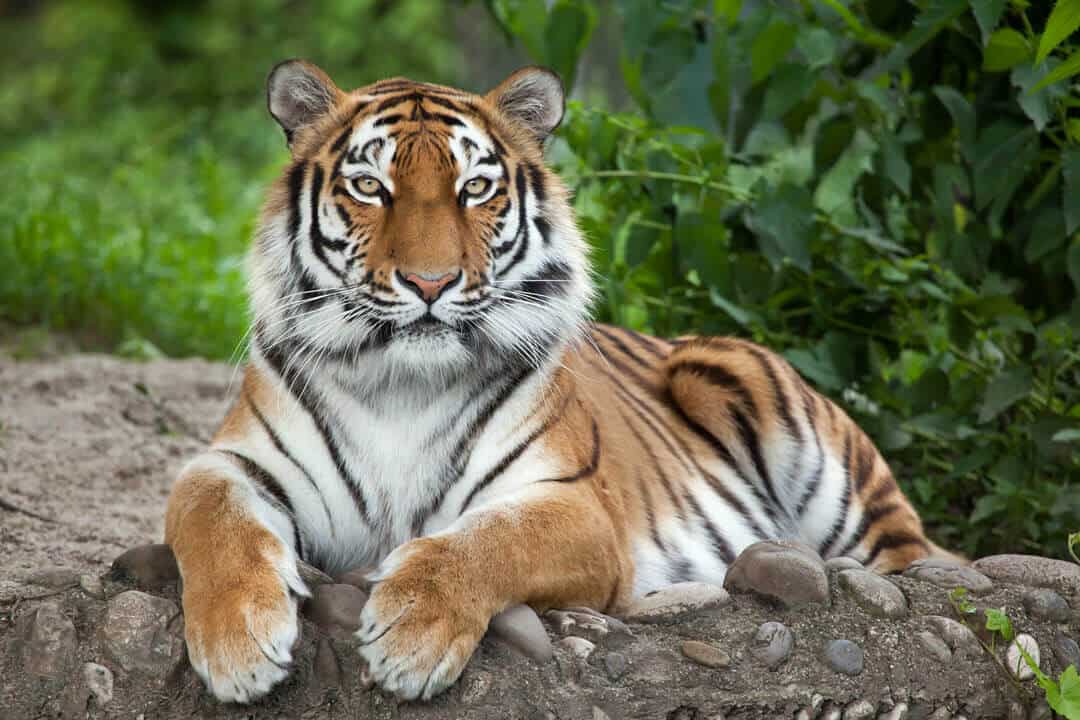
Siberan (Amur) Tiger
Panthera tigris tigris
Conservation Status: Critically Endangered
The majestic Siberian tiger, also known as the Amur tiger, is predominantly found in the forests of Northeast China, the Russian Far East, and possibly in North Korea. These magnificent creatures boast fur that is a striking combination of reddish-brown hues adorned with distinctive black stripes. As one of the largest big cats, the Siberian tiger can reach an impressive weight of up to 700 pounds, making them a truly formidable presence in the animal kingdom.
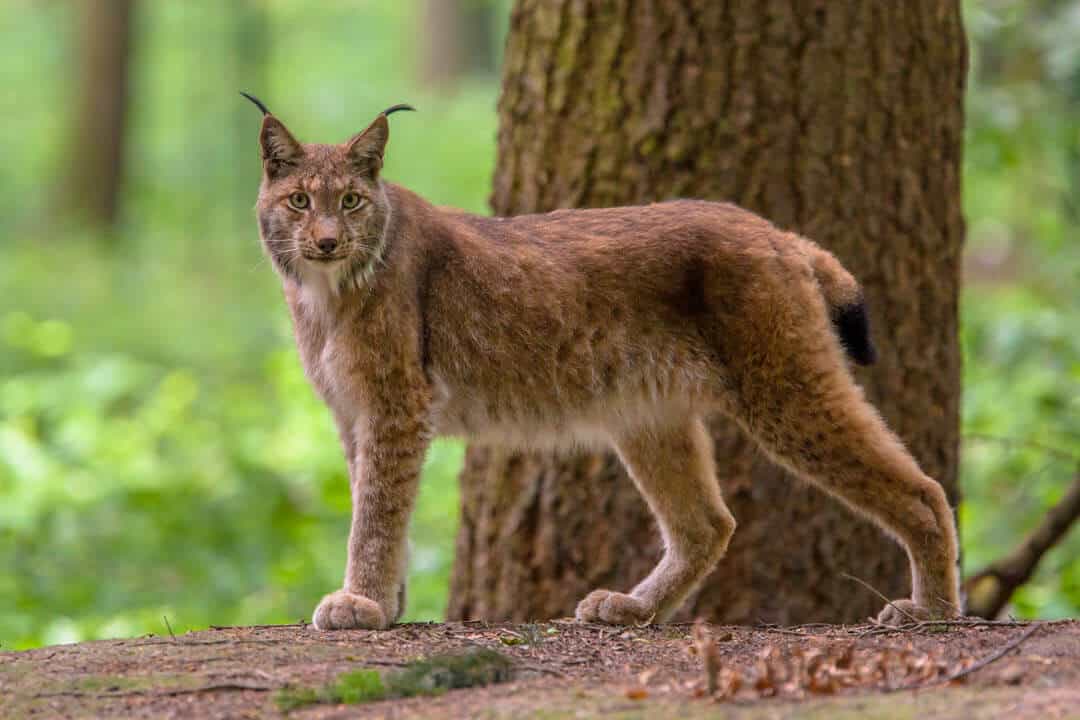
Eurasian Lynx
Lynx lynx
Conservation Status: Least Concern
The Eurasian lynx, a remarkable wild cat species, is the largest among its lynx counterparts and inhabits diverse regions spanning from Europe to Central Asia, extending into the vast expanses of Siberia, the majestic Himalayas, and the picturesque Tibetan Plateau. This elusive feline roams the lush, forested areas of its habitat, boasting a magnificent coat of rich, reddish-brown fur adorned with alluring black spots. Adding to its allure, the Eurasian lynx features an enchanting display of white fur under its chin and along its regal neck.
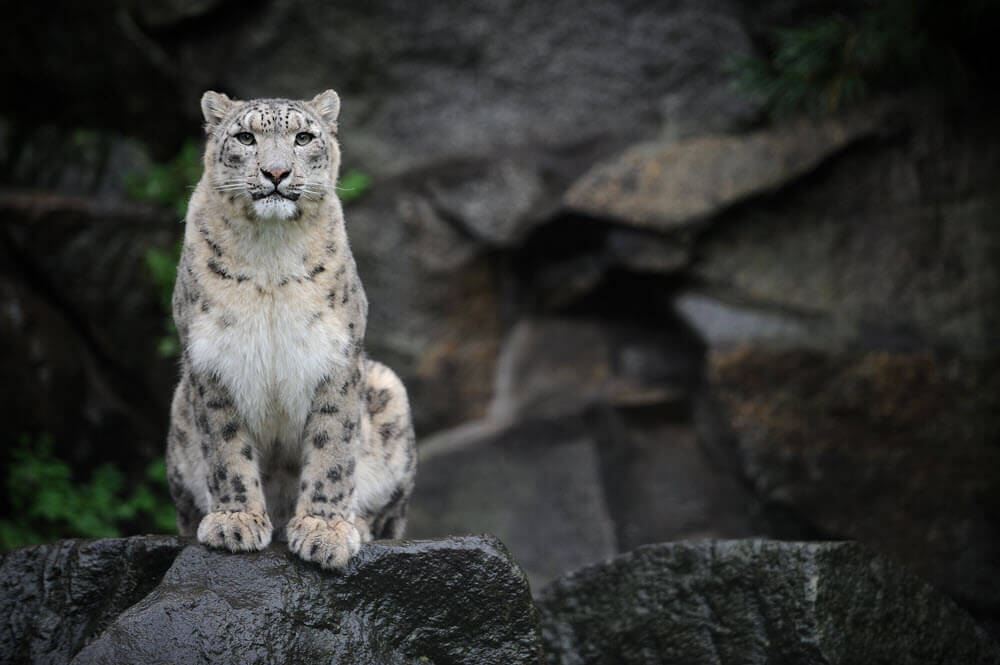
Snow Leopard
Panthera uncia
Conservation Status: Vulnerable
Snow leopards thrive in the harsh mountains of South and Central Asia. Their distinctive heavy white and grey fur, adorned with bold black spots around the neck and head, distinguishes them as one of the most beautiful big cats. These amazing predators possess powerful paws, small rounded ears, a lengthy tail, and sturdy legs, enabling them to conquer their rugged terrain with ease. Adult males typically weigh between 120 and 160 lbs and are known for their diverse vocalizations, including grunts, chuffs, meows, and moans. The population of these magnificent animals in the wild is estimated to be less than 9,000, underscoring the pressing need to safeguard their future.

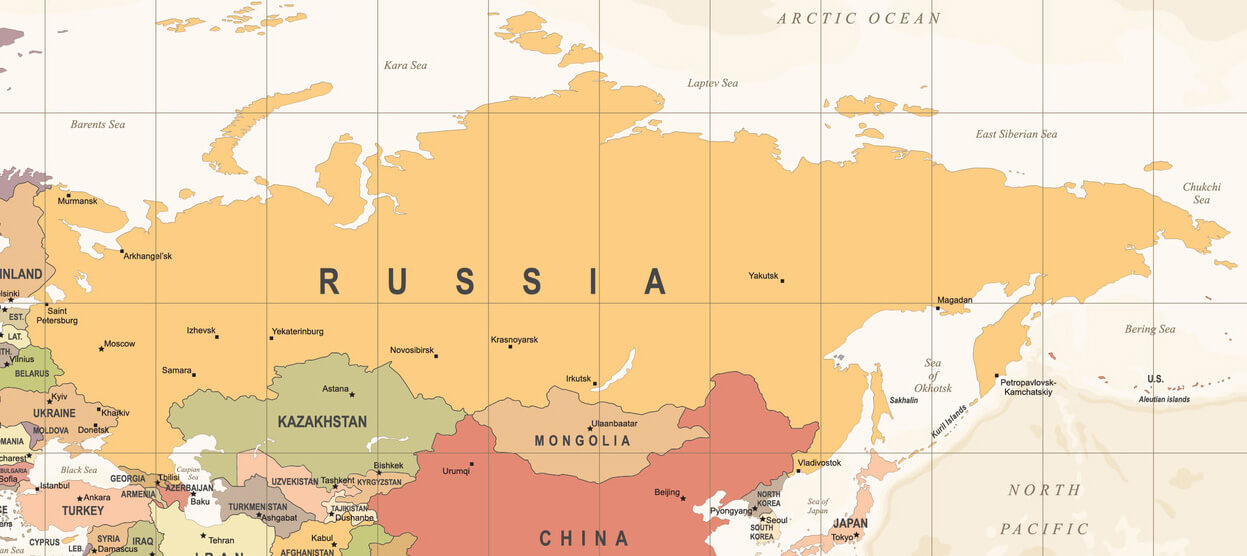

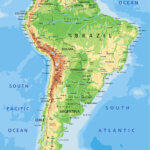

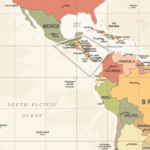



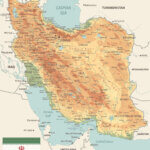

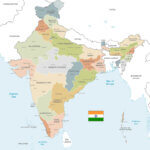


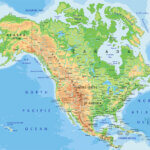




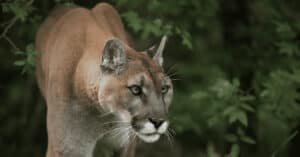
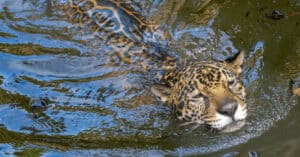
I have loved the Manul Cats ever since I first saw photos of them. We must preserve their habitat which is the mountains. It is cold and they have thick fur. People who live there build them wooden homes to live in and raise their kittens. I would like to learn more about how these cute cats are protected in Russia and where in Russia they live and what they eat and if there are enough of a rodent population for them to eat.
Love
All animals
I once saw a TV show about Siberian snow leopards that were nearly extinct. They said that their native name was Keesia, or something similar. I am looking for someone who can verify or clarify that for me. At the time I said I would name my next cat with that word. I now have a one-eyed tuxedo cat named Keesia, but I’m not certain that I got it correct.
Russia is also bordered by the USA…
Hello there. I am studying at University of Plymouth (UK) and my team have decided to base our oral presentation on the Wild cats of Russia. We were wondering if you could help us at all with our research?